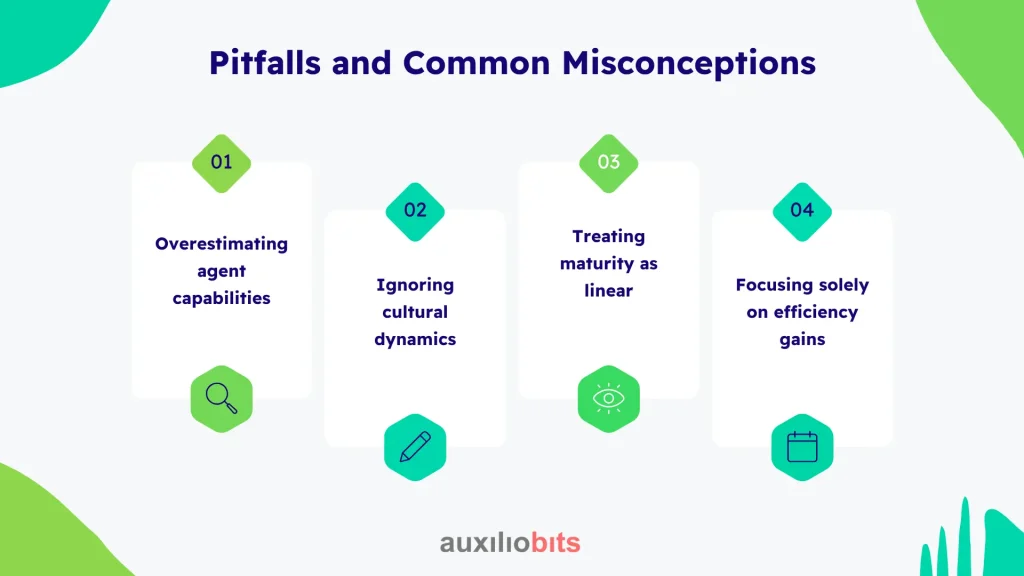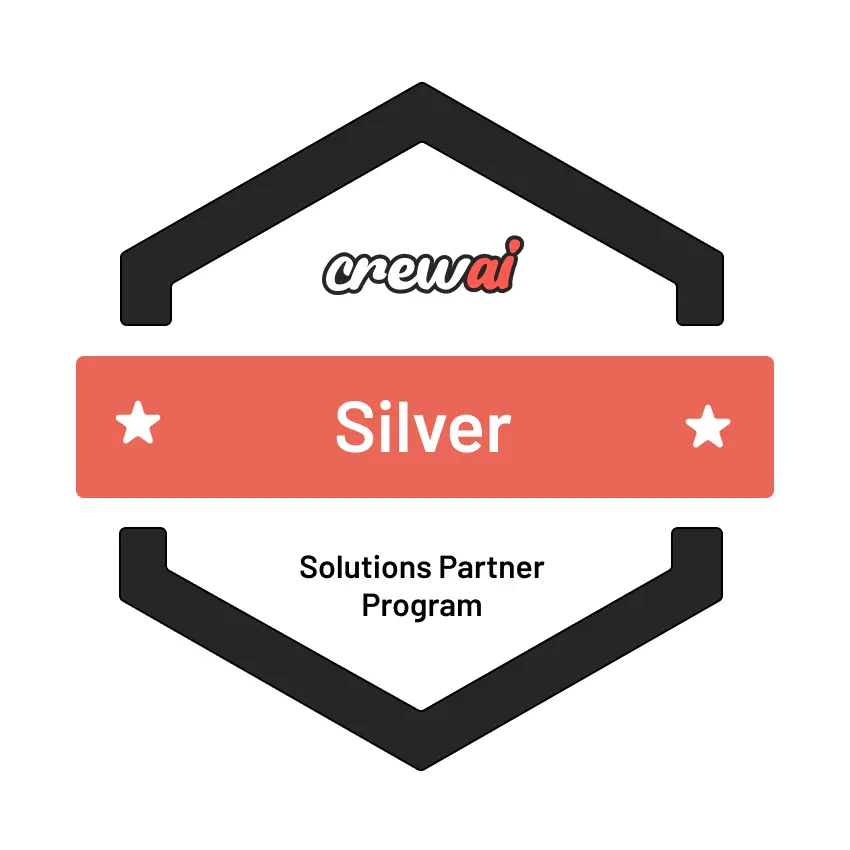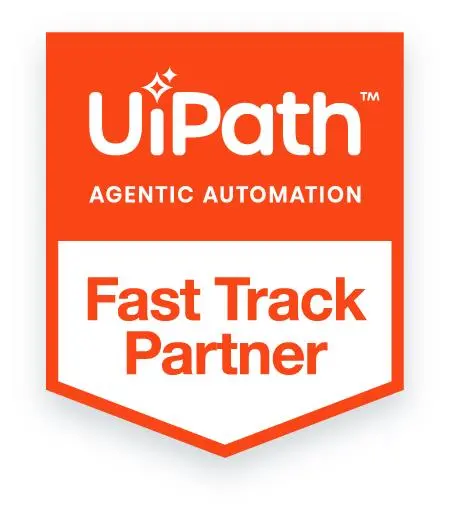
Key Takeaways
- Maturity models are not just evaluative tools—they guide investment, governance, and adoption strategies.
- APA success hinges on both technical readiness and organizational alignment.
- Autonomy is valuable, but uncontrolled agent behavior is risky; governance cannot be an afterthought.
- Scaling APA requires standardization, orchestration, and continuous learning, not just technology deployment.
- Organizations must treat APA adoption as a dynamic journey, balancing efficiency, innovation, and cultural integration.
Enterprises today are juggling a paradox: on one hand, they are drowning in digital tools, AI-driven insights, and process automation platforms; on the other, the actual orchestration of these tools—getting them to work seamlessly, efficiently, and autonomously—is still often stuck in human hands. This is where Agentic Process Automation (APA) comes in. Unlike traditional robotic process automation (RPA), APA is not merely about mimicking human actions—it’s about creating autonomous agents capable of understanding context, making decisions, and even initiating processes without explicit instructions at every step.
But here’s the tricky part: few organizations know how to gauge their readiness for APA or map a structured path from pilot deployments to full enterprise-wide orchestration. This is where a maturity model becomes indispensable. It’s more than a diagnostic tool; it’s a strategic roadmap.
Also read: Agentic portfolio rebalancing: real‑time decisions using NVIDIA accelerated models
Why a Maturity Model Matters
Before we jump into levels and metrics, let’s pause for a second. Why not just “jump in” and start deploying APA? After all, automation vendors love to pitch quick wins. The reality, though, is that without structured maturity assessment, companies often:
- Overinvest in technology prematurely—buying sophisticated agentic tools while the organization lacks the foundational process intelligence to use them.
- Underestimate governance complexity—autonomous agents can execute tasks, but without proper oversight, mistakes cascade faster than in traditional automation.
- Fail to achieve business impact—the mere presence of agents doesn’t translate into efficiency or ROI; the organizational context, data quality, and integration maturity are decisive.
A maturity model provides a framework to avoid these pitfalls, guiding decision-makers on both investment and implementation strategies.
Core Dimensions of APA Maturity
Designing a maturity model isn’t about arbitrarily assigning levels. It requires identifying dimensions that truly reflect organizational readiness. From our work across financial services, manufacturing, and healthcare clients, five key dimensions consistently matter:
1. Process Intelligence and Standardization
APA relies on agents’ understanding of the process landscape. If processes are inconsistent, poorly documented, or siloed, agents will either fail or produce unreliable results.
Real-world nuance: One healthcare provider tried to deploy claims-processing agents across three regional offices. Each office had slightly different claim handling sequences. Agents could complete tasks in isolation but failed to scale consistently. Standardizing processes, steps—even superficially—was essential.
2. Data Infrastructure and Quality
Agents don’t just need data—they need trustworthy, context-rich, real-time data. Data gaps or latency issues can break agent workflows.
- Integrate disparate systems like CRM, ERP, and specialized operational tools.
- Ensure clean, structured, and semantically consistent datasets.
- Monitor data drift continuously; agents act on whatever they “see,” and bad data propagates errors.
3. Agentic Capability and Orchestration
Not all APA is created equal. Some agents merely trigger tasks; others execute multi-step decisions, coordinate with other agents, and adapt based on feedback. Maturity assessment must consider the complexity and autonomy of deployed agents.
Case in point: A logistics firm initially deployed agents that simply routed invoices for approval. As they matured, they introduced agents capable of predictive exception handling, coordination across finance and operations teams, and dynamic decision-making—leading to a 40% reduction in payment delays.
4. Governance, Compliance, and Risk Management
Autonomy is liberating but comes with inherent risks. Mature organizations embed robust governance policies, audit trails, and exception management.
- Define accountability frameworks: Who owns agent decisions?
- Implement fail-safes for high-risk processes.
- Ensure compliance with industry regulations, especially in sectors like healthcare or finance.
5.Organizational Readiness and Culture
Agents are only as effective as the humans enabling them. Teams must trust, understand, and be willing to collaborate with autonomous systems. Resistance, poor adoption, or misaligned incentives can derail even technically flawless APA programs.
Levels of APA Maturity
Based on these dimensions, we can define a five-level maturity framework, echoing—but expanding upon—classic process automation maturity models:
Level 1: Ad-Hoc Automation
- Minimal automation; most tasks are manual.
- RPA pilots may exist but lack coordination.
- Processes poorly documented; decisions entirely human-driven.
Reality check: At this stage, APA is aspirational. Attempting agentic deployment without foundational clarity often wastes resources and frustrates staff.
Level 2: Opportunistic Automation
- Isolated agents handle repetitive tasks.
- Some process documentation exists; agents may execute predictable workflows.
- Data quality remains inconsistent; integration is limited.
Observation: Early wins can be achieved, but scaling is difficult. Organizations at this stage frequently underestimate the need for orchestration across agents.
Level 3: Defined and Repeatable Automation
- Processes are standardized and documented across functions.
- Agents begin coordinating for multi-step workflows.
- Centralized data platforms support consistent agent execution.
- Basic governance mechanisms established.
Example: A financial services company standardized customer onboarding across regions, enabling agents to autonomously verify KYC documents, flag exceptions, and escalate only when necessary.
Level 4: Managed and Optimized Automation
- Agents collaborate dynamically, leveraging predictive analytics and adaptive decision-making.
- Processes are continuously monitored and optimized.
- Strong governance and compliance frameworks are fully operational.
- Adoption is supported by a culture that embraces autonomous workflows.
Key insight: At this stage, APA starts delivering measurable ROI and efficiency gains. Agents no longer simply perform tasks—they improve the process over time.
Level 5: Autonomous and Transformational
- Enterprise-wide orchestration with intelligent, self-learning agents.
- Agents proactively identify inefficiencies, suggest improvements, and execute decisions autonomously.
- Governance, compliance, and monitoring are sophisticated and proactive.
- Cultural integration is seamless; human staff focus on strategic tasks rather than operational execution.
Case study: A global manufacturer deployed APA agents across procurement, production, and logistics. Agents coordinated demand forecasting, supplier negotiations, and inventory replenishment. The result: a 20% reduction in working capital and near-zero operational errors—a genuine transformation rather than incremental improvement.
Assessment Metrics
To make maturity actionable, it must be measurable. Metrics should balance technical and organizational dimensions:
- Process coverage: Percentage of end-to-end workflows automated.
- Agent autonomy: Ratio of decisions made by agents without human intervention.
- Error rate: Operational errors introduced by agents versus human processes.
- Cycle time reduction: Improvements in process completion speed.
- Adoption metrics: Staff engagement, trust levels, and frequency of agent usage.
- Governance compliance: Number of audits, exceptions, and regulatory breaches.
Metrics alone don’t tell the full story. Qualitative assessment—such as leadership buy-in, cultural readiness, and interdepartmental collaboration—is equally critical.
Designing for Scalability
Many organizations get stuck at Level 3—defined and repeatable automation—because they treat APA like RPA. Scalability requires:
- Standardized agent frameworks: Avoid bespoke, one-off agent implementations. Design reusable components.
- Cross-functional orchestration: Agents must interact across finance, operations, sales, and IT. Siloed deployments limit impact.
- Continuous learning loops: Incorporate performance monitoring and feedback mechanisms so agents improve autonomously.
- Technology stack alignment: Ensure ERP, CRM, analytics platforms, and APA frameworks are compatible. Misalignment leads to brittle automation.
Side note: Even with perfect technology, poor organizational alignment is a killer. We’ve seen top-notch APA stacks fail in companies where procurement and operations teams refused to trust agents with exceptions—ironically, the very cases where agents could add the most value.
Pitfalls and Common Misconceptions

- Overestimating agent capabilities: Agents are powerful, but they still struggle with ambiguity, missing data, or poorly defined decision rules. Human oversight remains essential, especially early on.
- Ignoring cultural dynamics: APA adoption isn’t just about technology; it’s a change management challenge. Teams resist perceived threats to roles or authority.
- Treating maturity as linear: Organizations might excel in data quality but lag in governance, or vice versa. The model must be diagnostic, not prescriptive.
- Focusing solely on efficiency gains: Transformational benefits often come from innovation and improved decision-making, not just faster execution.
Practical Steps to Implement the Maturity Model
1. Conduct a baseline assessment
- Map current process automation levels across departments.
- Evaluate agentic capabilities, data readiness, and governance maturity.
2. Define strategic goals
- Identify where APA can deliver high impact, considering cost, risk, and operational complexity.
3. Map initiatives to maturity levels
- Prioritize improvements in weak dimensions first (data standardization, process clarity, governance)
4. Iterate and measure
- Establish quarterly reviews, KPIs, and dashboards. Agents evolve as the organization evolves.
5.Foster organizational alignment
- Educate teams, set expectations, and incentivize collaboration with agents.
Note: This is a cyclical process. APA adoption is rarely “done”; it’s a continuous journey where maturity is constantly reassessed and refined.
The Final Ending
APA promises more than efficiency gains—it can fundamentally reshape enterprise workflows, decision-making, and operational agility. But without a structured lens to assess readiness and chart progress, organizations risk misaligned investment, frustrated teams, and unrealized benefits. Designing and implementing a maturity model is the practical, disciplined way to move from piecemeal automation to transformative, agentic orchestration.








